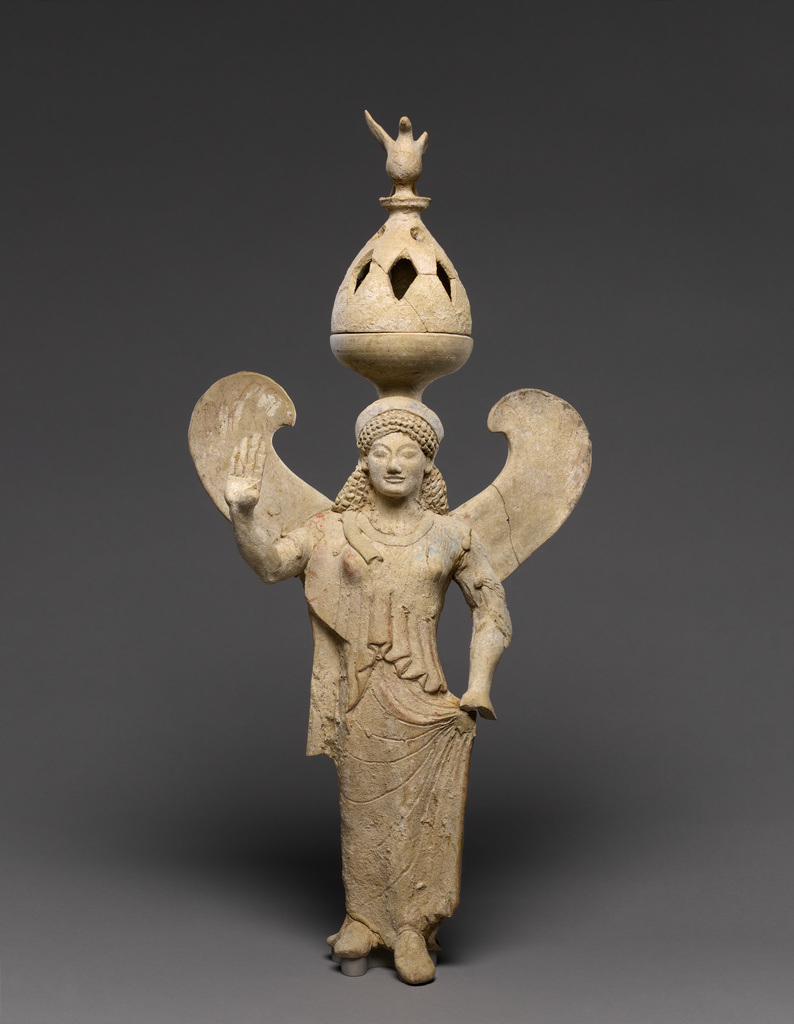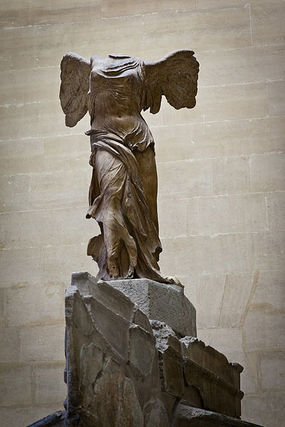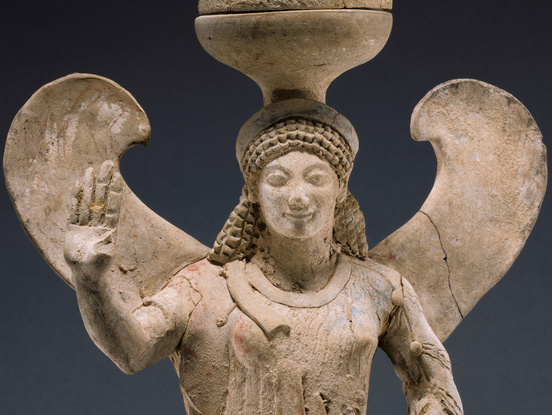Thymiaterion Supported by a Statuette of Nike |
AuthorCrystal has a MA in the History of Art from Courtauld Institute of Art as well as a BFA in Art History from the Academy of Art University. Archives
November 2017
Categories
All
|





 RSS Feed
RSS Feed